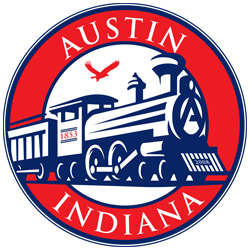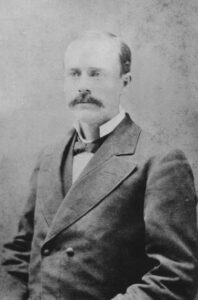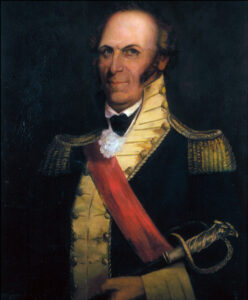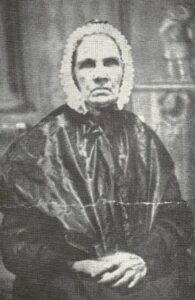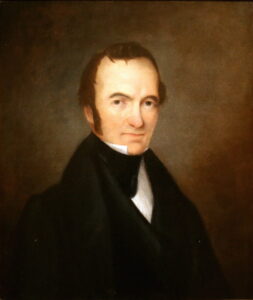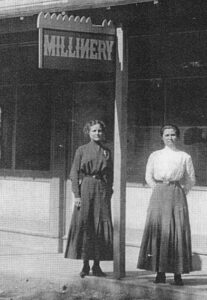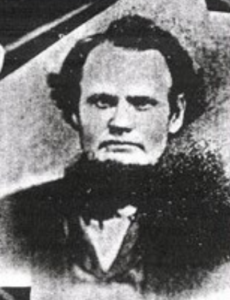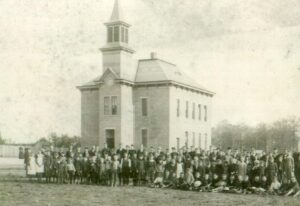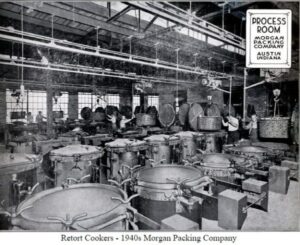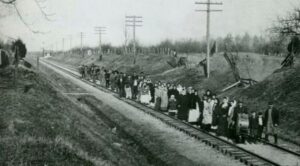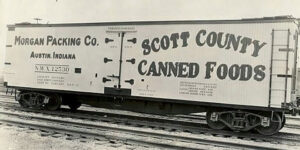The Many Milestones of Austin, Indiana
Austin Established 1853
Austin Officially Established as a Town On May 3rd, 1853, Austin officially became established as a town. Scott County Justice of the Peace John Cantwell signed the voluntary act of…
Early History
The Early history of Austin, Indiana The story of Austin Indiana began in 1839, when a white settler named Isaiah Jones settled into the area and began clearing off the…
Stephen F. Austin
A Quick Story of Austin, Texas Stephen F. Austin Austin, Texas, became an official community in 1839, but was known as Waterloo prior to the name of Austin. In the…
First Nations
First Nations Life in Austin, IN Long before the white-man settled in Austin in 1839, the area was inhabited by First Nations communities. Archeologists and Scientists have determined that thousands of…
North & South Austin
The Conflict Between North & South Austin In 1854 and about a year after Austin became a town, the business district which was located where the main part of town…
The Railroad
Austin Thrived off it’s ties LOCATION: The Road from Louisville to Indianapolis During its early existence Austin thrived off of its ties to the Pennsylvania Railroad. In 1926 the community…
A Founding Father
Caleb H. Skeels Excerpts from a news story from May 2, 2011 Caleb H. Skeels Caleb H. Skeels (Nickname: Roxy Jane) Born: 1818 in Ohio. …
Austin Becomes a City
Welcome to “City of Austin” In 2008, Austin became Indiana’s newest city. Doug Campbell a Democrat was voted Mayor and five other men won City Council positions, Richie Buchanan, Chris Fugate,…
Austin Eagles
Austin Public School System: Scott County School District 1 For over 100-years the school systems have been a source of pride and tradition within the community. With the new technology…
Industrialism
Yesterday and Today While the railroad and highway travel helped mark Austin, it is the development of Morgan Foods as one of the world’s leading food manufacturers that has stabilized…
